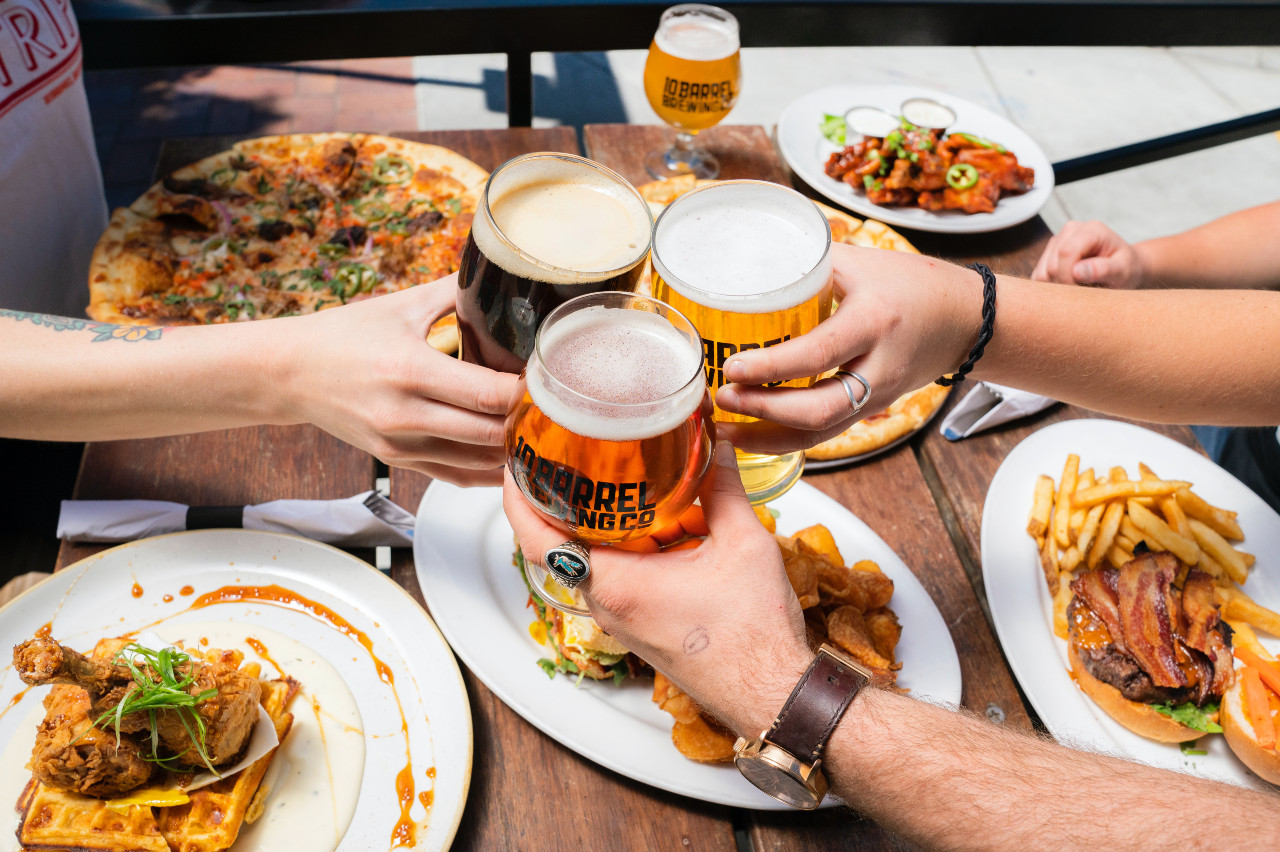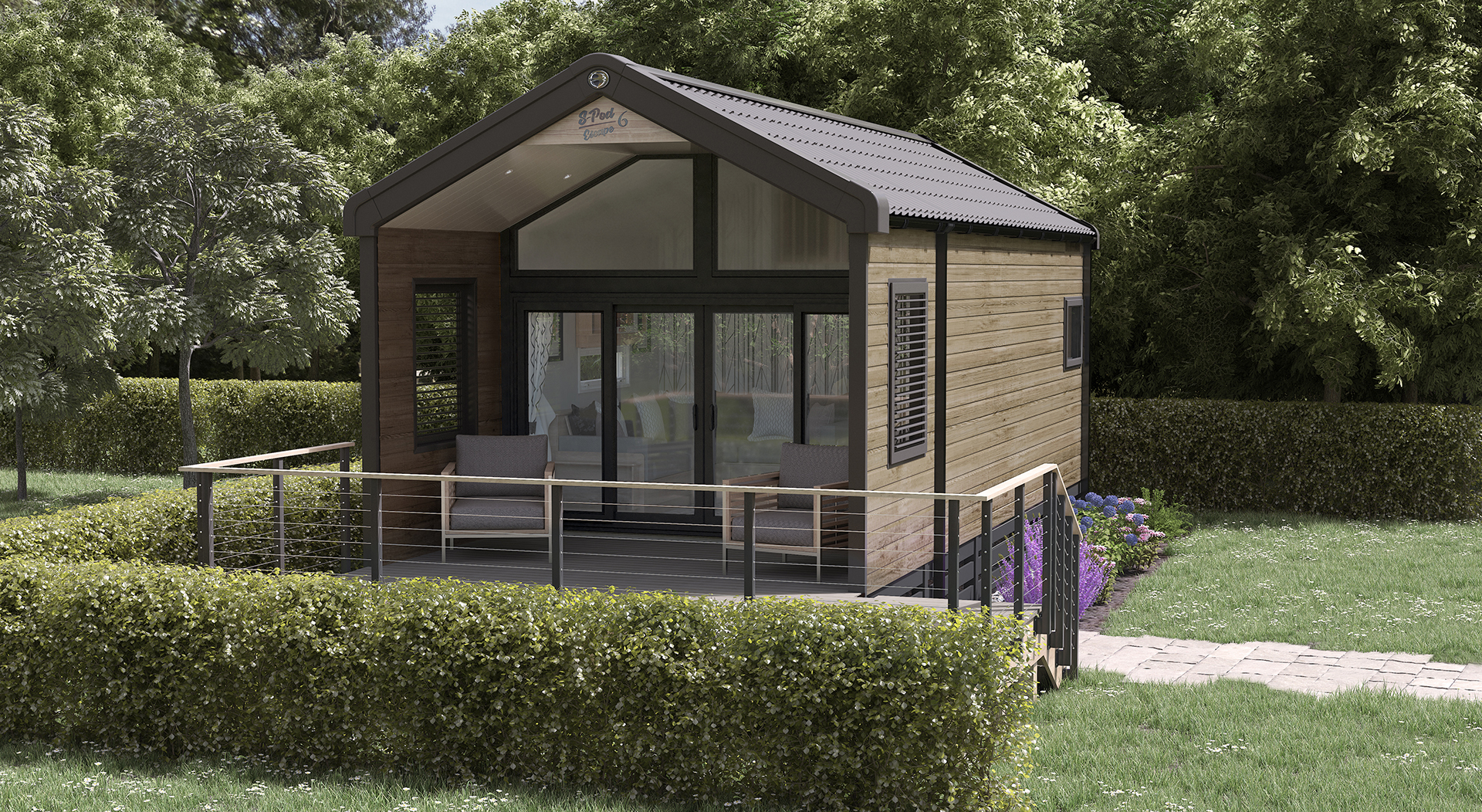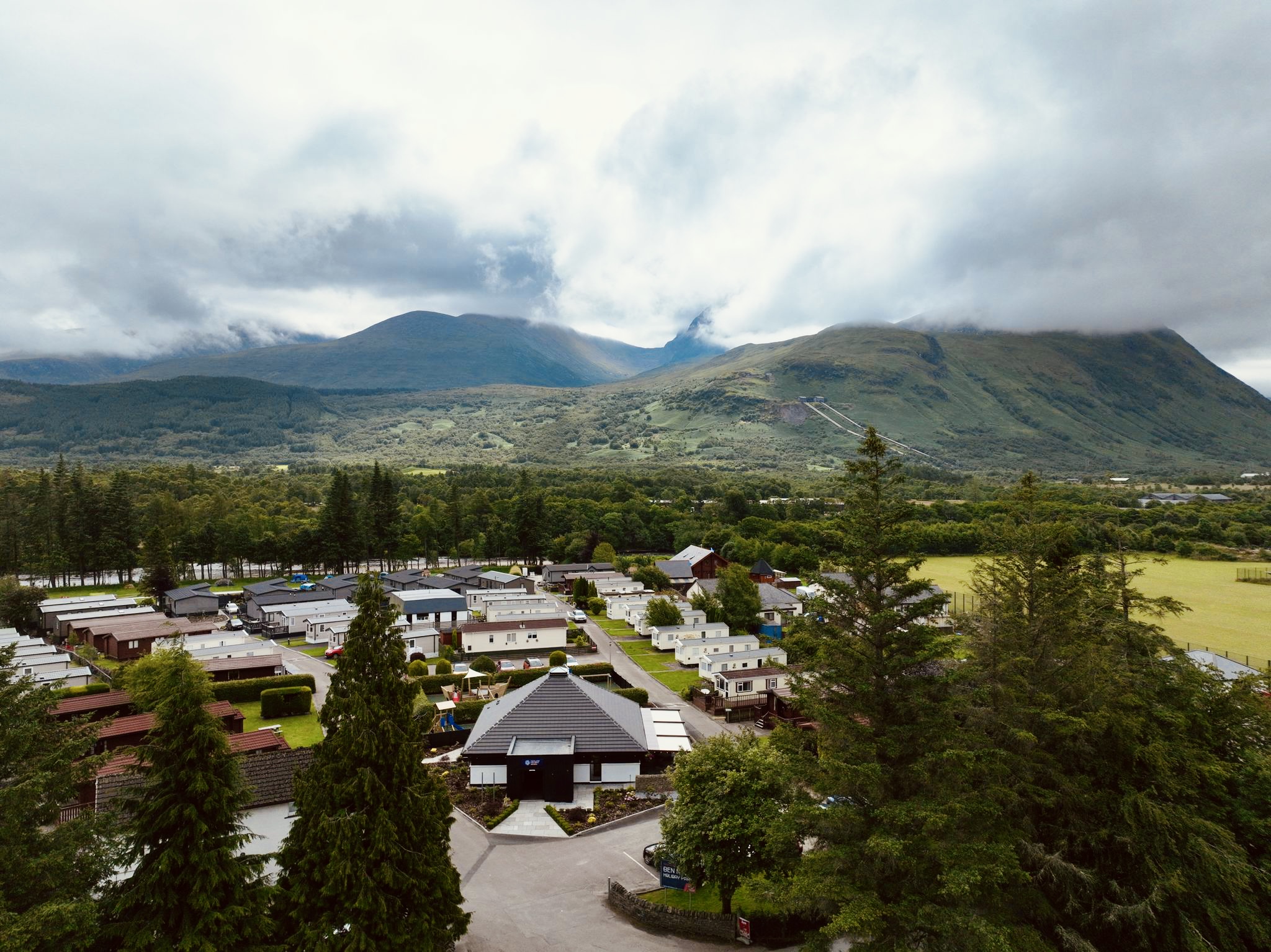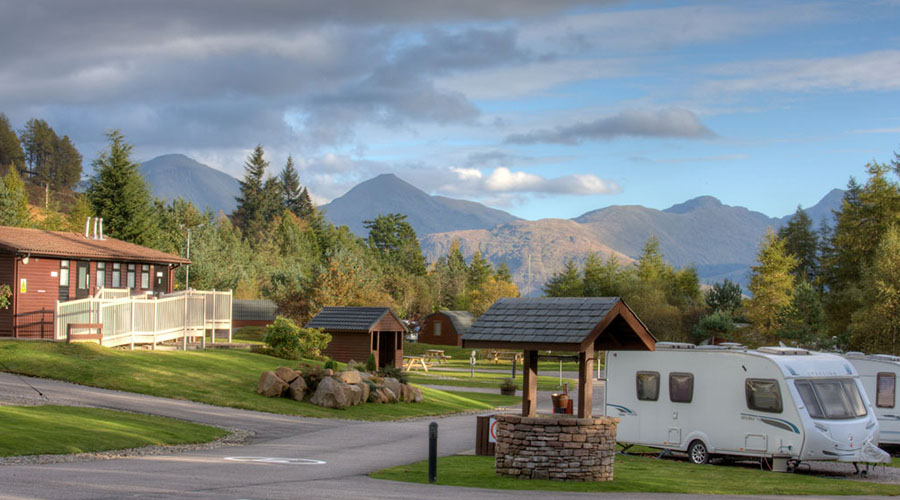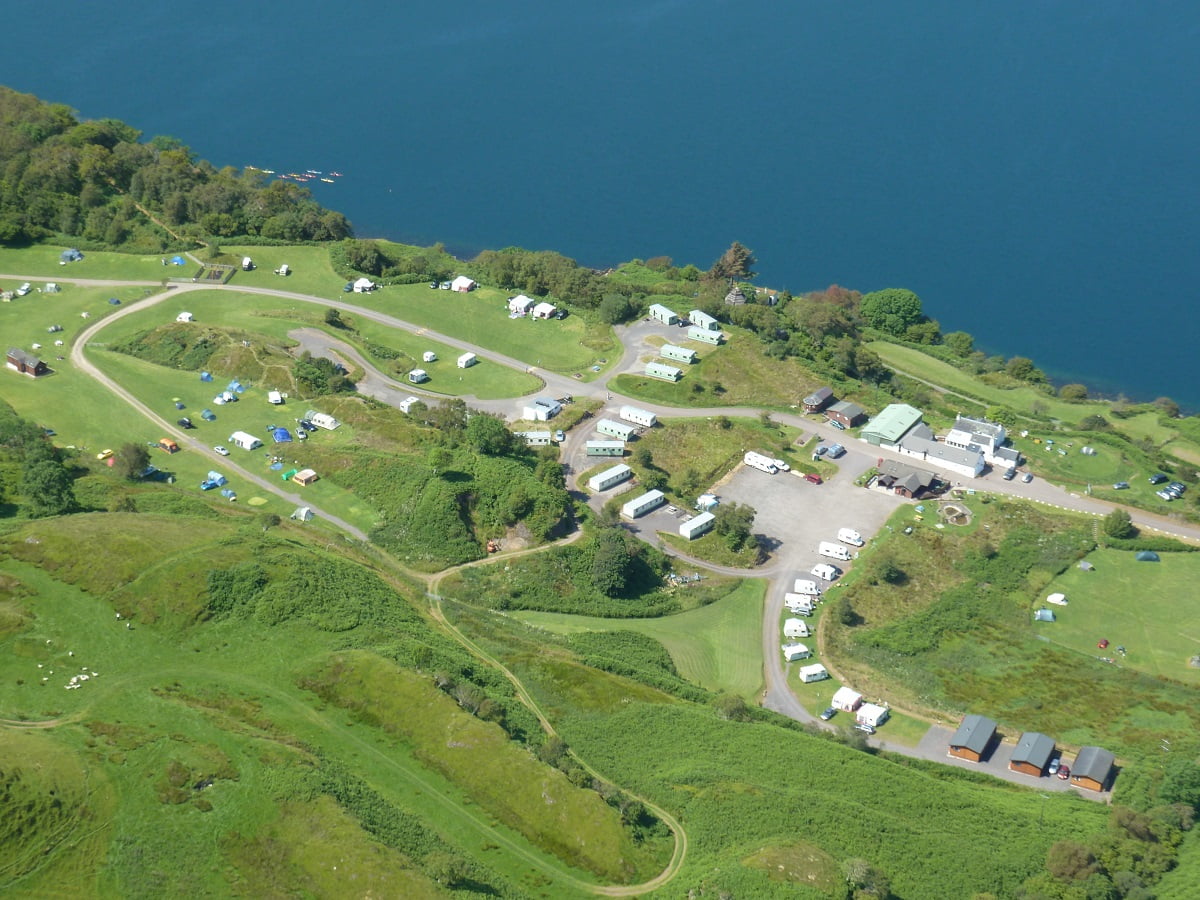In Scotland, Halloween is known by a few names. The name ‘Halloween’ comes from a Scottish shortening of ‘All-Hallows Eve’ and has its roots in the Gaelic festival of Samhuinn. Samhuinn was traditionally celebrated from October 31 to November 1 to signify the end of summer and welcome in the “the dark half of the year.” It has been rumoured that Scotland in fact invented the tradition of Halloween and the superstitious traditions around it from this festival.
In the Scottish Highlands, ‘trick or treating’ is known as ‘guising’, which comes from the disguises or costumes worn by children. Guising was traditionally seen as a way to disguise yourself from fairies and spirits, but these days is just a fun activity to keep the wee ones entertained. The little ones dress up in fancy dress as they visit decorated homes in their neighborhood in the hopes of finding some sweeties for their troubles. Most children come prepared with a joke or a little song to earn their treat!
A tradition rumoured to go back to the age of ancient druid lore, is the playful act of ‘dookin’ for apples. This fun Halloween game consists of children attempting to retrieve apples from a bucket of water using only their mouths – using hands is cheating! The winner is usually the player who managed to take a bite out of their apple the fastest. Originally used as a courting ritual to determine which young woman would marry next – the tradition has developed over time to be a fun party game in most Scottish Halloween celebrations.
Did you know one of the most famous Halloween traditions – pumpkin carving – originated from Scottish and Irish folklore? Historically people would leave vegetable carvings, usually turnips, on their front doorstep with depictions of faces in order to scare away the ghostly figure of “Stingy Jack” or “Jack O’Lantern”. Jack is known as a lost soul wandering the earth, rumored to prey on unsuspecting travelers. Over time people began to use more appealing and readily available pumpkins as an alternative, but the tradition remains and has traveled to far corners of the globe.
Pumpkin carving has even older roots in Scotland, linked to the ancient Celtic festival of Samhain which inspired today’s Halloween holiday. As the festival symbolised the onset of winter, people believed this was the time of year dead souls would walk the earth again. For this reason people wore costumes and carved faces into available root vegetables as a way to scare off wandering souls! Similar to the traditions of guising and pumpkin carvings we partake in today.
Whether you’re a genuine ghost hunter or are just fascinated by mysterious goings-on, Scotland’s rich history means there are no shortages of locations where you might feel a shiver down your spine! Our neck of the woods in the West Highlands is no exception with many tales of Clan warfare and epic Scottish battles. So why not pay a visit to some of these haunted places during your stay with us at Ben Nevis Holiday Park in Fort William?
 My Account
My Account


